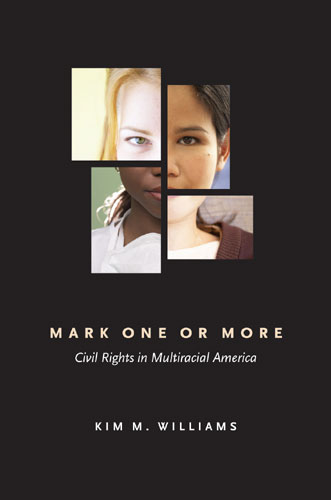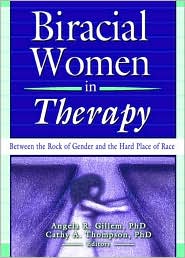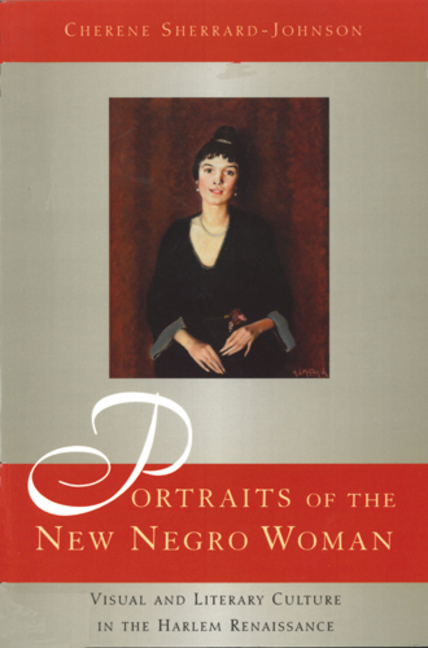University of Oregon
June 2008
151 pages
James Lyda
A Dissertation presented to the Department of Counseling Psychology and Human Services and the Graduate School of the University of Oregon in partial fulfillment of the requirements for the degree of Doctor of Philosophy.
Research has suggested that multiracial individuals may vary in how they racially identify depending on the context in which they operate (Renn, 2004; Root, 1998, 2003). To examine this assertion, multiracial identity and variance in multiracial identity were examined in this exploratory study of a nationally representative sample of 199 multiracial college students. Additionally, the relationship of multiracial identity variance with factors common to adult transitional development and to the college student experience, including social connectedness, various forms of facilitative support, college adjustment, and depression, were also examined in this study. Sex differences among these study variables were also explored.
The results of descriptive analyses revealed that this generally connected, adjusted, and non-depressed sample consistently varied their racial identity depending on their context. Results of Pearson product-moment correlations among study variables for the whole sample demonstrated that this multiracial identity variance was not related to adjustment, social connectedness, facilitative supports, or depression. But results differed when breaking down the sample by sex. For males, increased variance in multiracial identity across contexts was related to lower perceived availability of, support from, and connectedness to student support groups. For females, increased multiracial identity variance was related to lower participation in ethnic and cultural student support groups. A series of subsequent simultaneous multiple regression analyses revealed that increased involvement in one form of facilitative support in the college environmentethnic/cultural student support groups- actually predicted lower multiracial identity variance for the sample.
Regarding connectedness, for the entire sample, higher social connectedness was related to higher college adjustment but lower participation in ethnic and cultural student support groups. Sex differences also emerged for connectedness. For males, social connectedness was directly related to availability of student groups, adjustment, and institutional attachment, and for females social connectedness was directly related to college adjustment, but inversely related to participation in ethnic/cultural groups.
Table of Contents
I. RATIONALE
Historical, Political, and Social Implications of Mixed Race Identity
Racial and Ethnic Identity
Multiracial Identity Models
Monoracial Identity Development Models
Biracial and Multiethnic Identity Development Models
Ecological Models of Multiracial Identity Development
Wardel and Cruz-jansen’s Model
Root’s Model
Multiracial Identity Variance
Social Connectedness
Social Connectedness and Multiracial Identity: Influence of Sex
Facilitative Support
College Adjustment
Depression
Purpose of This Study
Research Questions
II. METHODOLOGY
Participants
Measures
Demographics
Multiracial Identity Variance
Social Connectedness
Facilitative Supports
College Adjustment
Chapter
Depression
Procedures
Pmticipant Recruitment
Data Collection
Sample Size
III. RESULTS
Overview
Preliminary Analyses
Descriptive Analyses
Multiracial Identity Variance
Sex Differences
Social Connectedness
Sex Differences
Perceptions of Facilitative Student Supports
Sex Differences
College Adjustment
Sex Differences
Depression
Sex Differences
Correlation Analyses
Multiracial Identity Variance
Social Connectedness
Facilitative Supports
College Adjustment
Depression
Regression Analyses
Explaining Multiracial Identity Variance.
Explaining Social Connectedness.
Explaining Depression
Summary of Results
IV. DISCUSSION
Main Findings: Relationship Among Variables
Demographics
Multiracial Identity Variance
Social Connectedness
Facilitative Supports
College Adjustment
Depression
Sex Differences
Implications of the Findings
Study Limitations
Future Research and Intervention
Conclusion
APPENDICES
A. REVIEW OF THE LITERATURE
B. INFORMED CONSENT STATEMENT
C. MEASUREMENT INSTRUMENTS
REFERENCES
….Overall the sample was racially diverse, predominantly female, and came from highly educated parents. The sample was racially diverse in the sense that multiple combinations of multiracial heritage were represented. This is important in validating the sample as a cross section of the multiracial population, which distinguishes the current study from previous multiracial identity research that has focused specifically on a limited representation of specific bi- or multiracial sub-groups, such as black/white biracial individuals (Shih & Sanchez, 2005; Wardle & Cruz-Jansen, 2004). The sample tended to consist of participants with highly educated parents and as a result were likely to be of higher socioeconomic status. It is unknown if the general socioeconomic status of the sample is representative of the multiracial college student population as a whole. Also, women outnumbered men three to one. These factors are important when considering the generalizabiity of these results…
Read the entire dissertation here.


